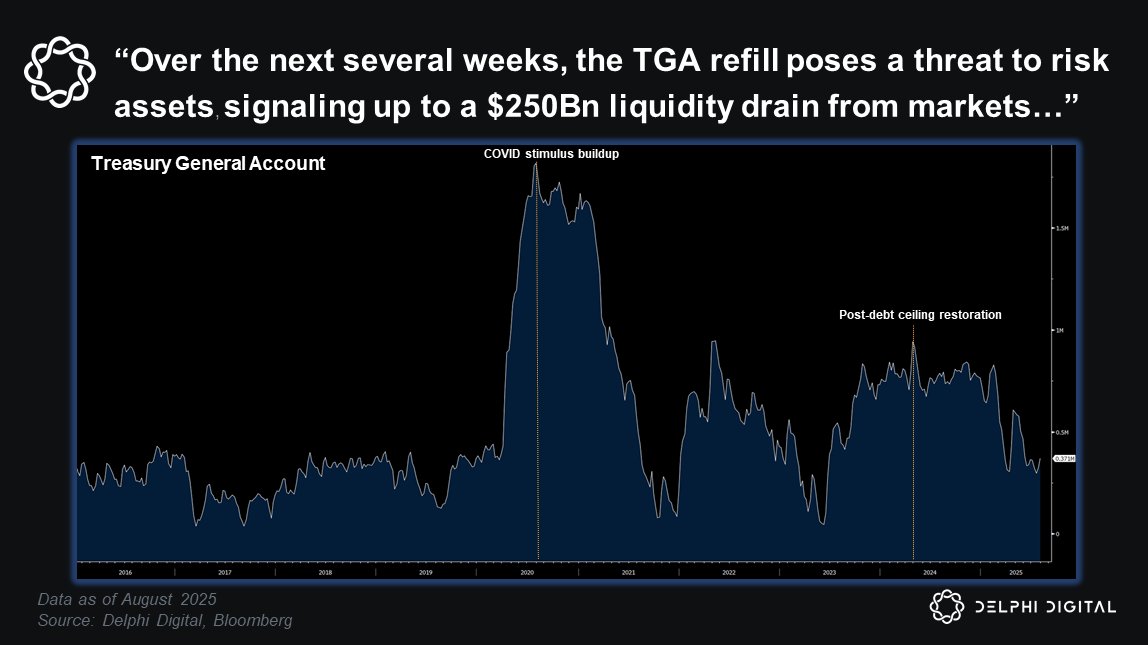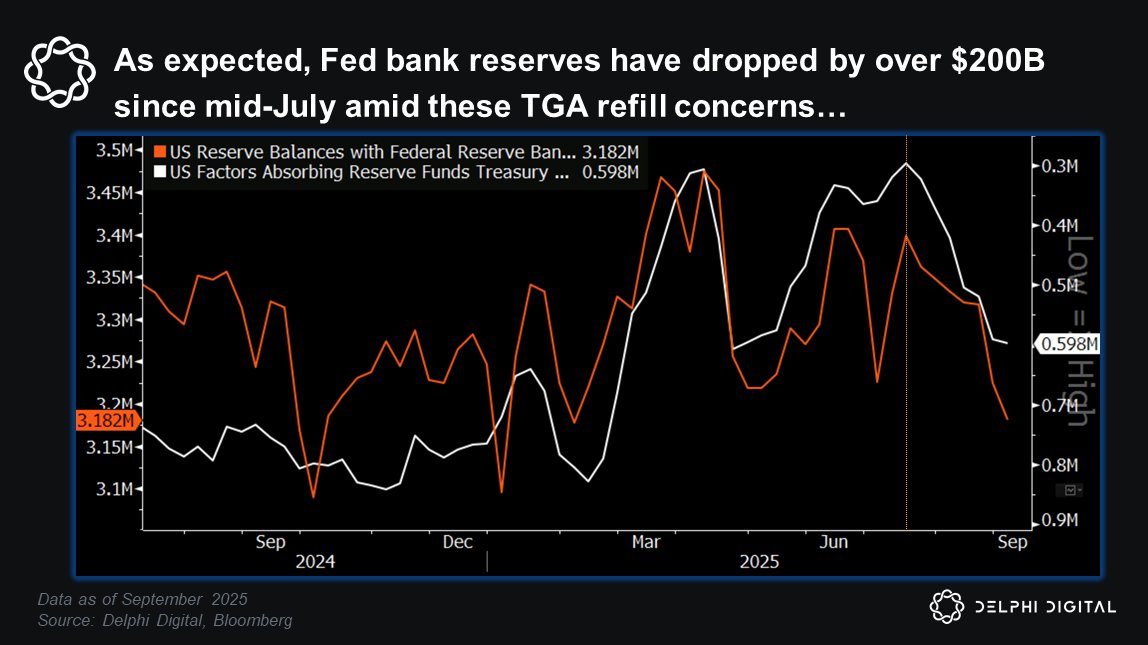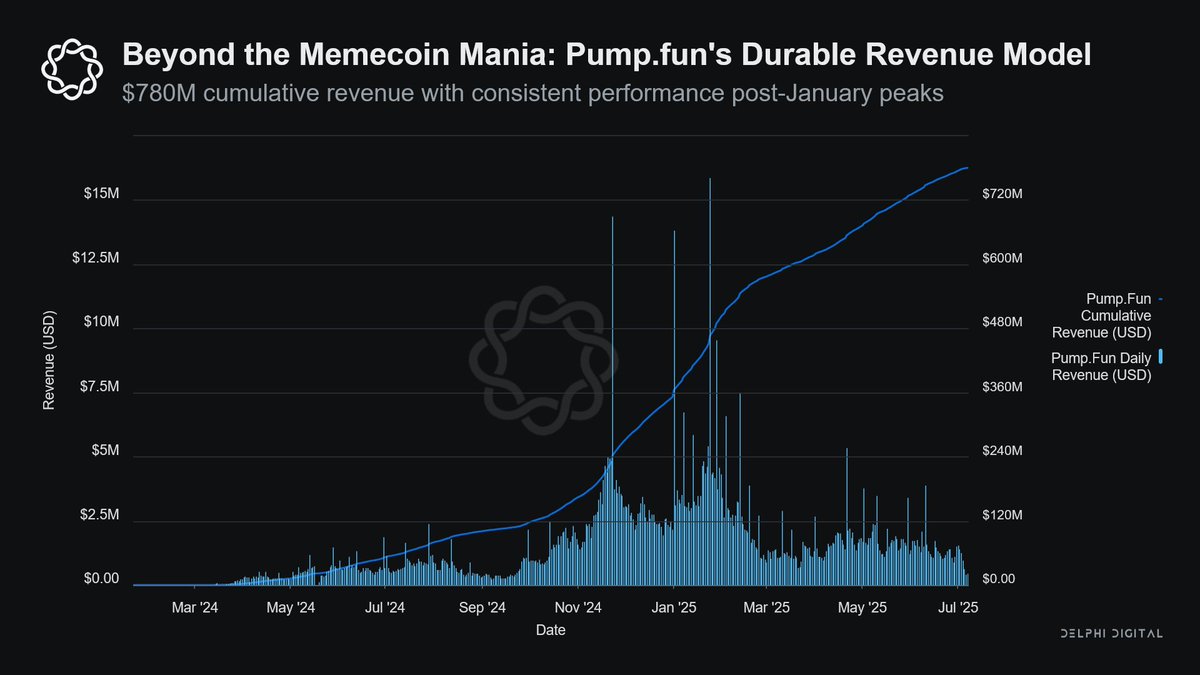0/ In today’s Delphi Daily, we examined the recent habits of $BTC whales.
We also analyzed USDT outpacing USDC, Ethereum hash rates, and adopting on the Lightning Network.
To dive deeper into todays daily 🧵👇
We also analyzed USDT outpacing USDC, Ethereum hash rates, and adopting on the Lightning Network.
To dive deeper into todays daily 🧵👇

1/ Market Update-
🔹The market is continuing on yesterday’s consolidation, with BTC and ETH moving lower.
🔹L1s like SOL, LUNA, and FTM were affected the most given the L1 run-up the past week.
🔹AVAX and BNB, however, remained resilient during this pullback.
🔹The market is continuing on yesterday’s consolidation, with BTC and ETH moving lower.
🔹L1s like SOL, LUNA, and FTM were affected the most given the L1 run-up the past week.
🔹AVAX and BNB, however, remained resilient during this pullback.

2/ USDC issuance falls, and USDT slips back into pole position.
However, Cirlce recently announced a re-allocation of assets backing USDC into safer investments like bank deposits and short-term treasuries, which could inspire more confidence in USDC and push issuance back up.
However, Cirlce recently announced a re-allocation of assets backing USDC into safer investments like bank deposits and short-term treasuries, which could inspire more confidence in USDC and push issuance back up.

3/ During the recent run-up of Bitcoin, the total BTC held in whale wallets, defined as containing 1K-10K coins, fell from about 5.3M to 5.23M in August so far.
Meanwhile, smaller wallets with 1-1000 BTC began accumulating more.
Generally, this is a fairly bearish signal.
Meanwhile, smaller wallets with 1-1000 BTC began accumulating more.
Generally, this is a fairly bearish signal.

4/ Ethereum’s hash rate grew to an all-time high of 611 TH/s, last seen at the peak of this cycle in May 2021.
The network’s transition from Proof-Of-Work (POW) to Proof-Of-Stake (POS) consensus is expected to occur in Q1/Q2 2022 and would spell the end of POW mining.
The network’s transition from Proof-Of-Work (POW) to Proof-Of-Stake (POS) consensus is expected to occur in Q1/Q2 2022 and would spell the end of POW mining.

5/ Lightning Network (LN) is an L2 solution on Bitcoin to improve on its scaling limitation, making it possible for fast transactions and micropayments using BTC.
BTC locked in LN and active nodes on the L2 ramped up in June after the El Salvador announcement.
BTC locked in LN and active nodes on the L2 ramped up in June after the El Salvador announcement.

6/ Tweets of the day!
Tips for bridging over to @Avalancheavax
Tips for bridging over to @Avalancheavax
https://twitter.com/mrjasonchoi/status/1430497874379378691
7/ A consolidated resource guide for anyone in crypto
https://twitter.com/Darrenlautf/status/1430169325831430149
8/ An update on @AlphaFinanceLab’s oracle aggregator
https://twitter.com/AlphaFinanceLab/status/1430554677142200320
• • •
Missing some Tweet in this thread? You can try to
force a refresh


























